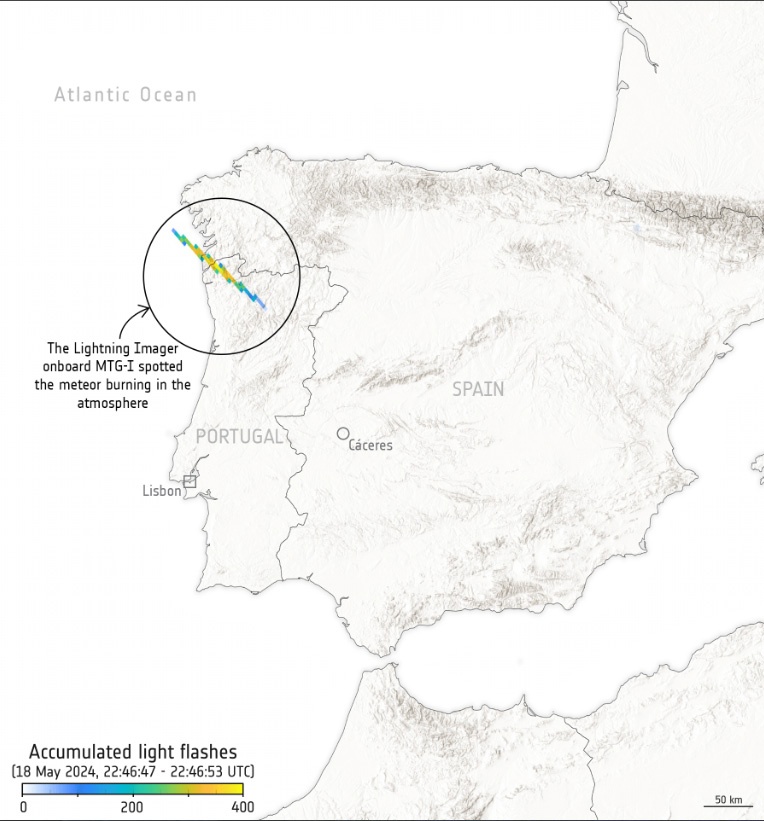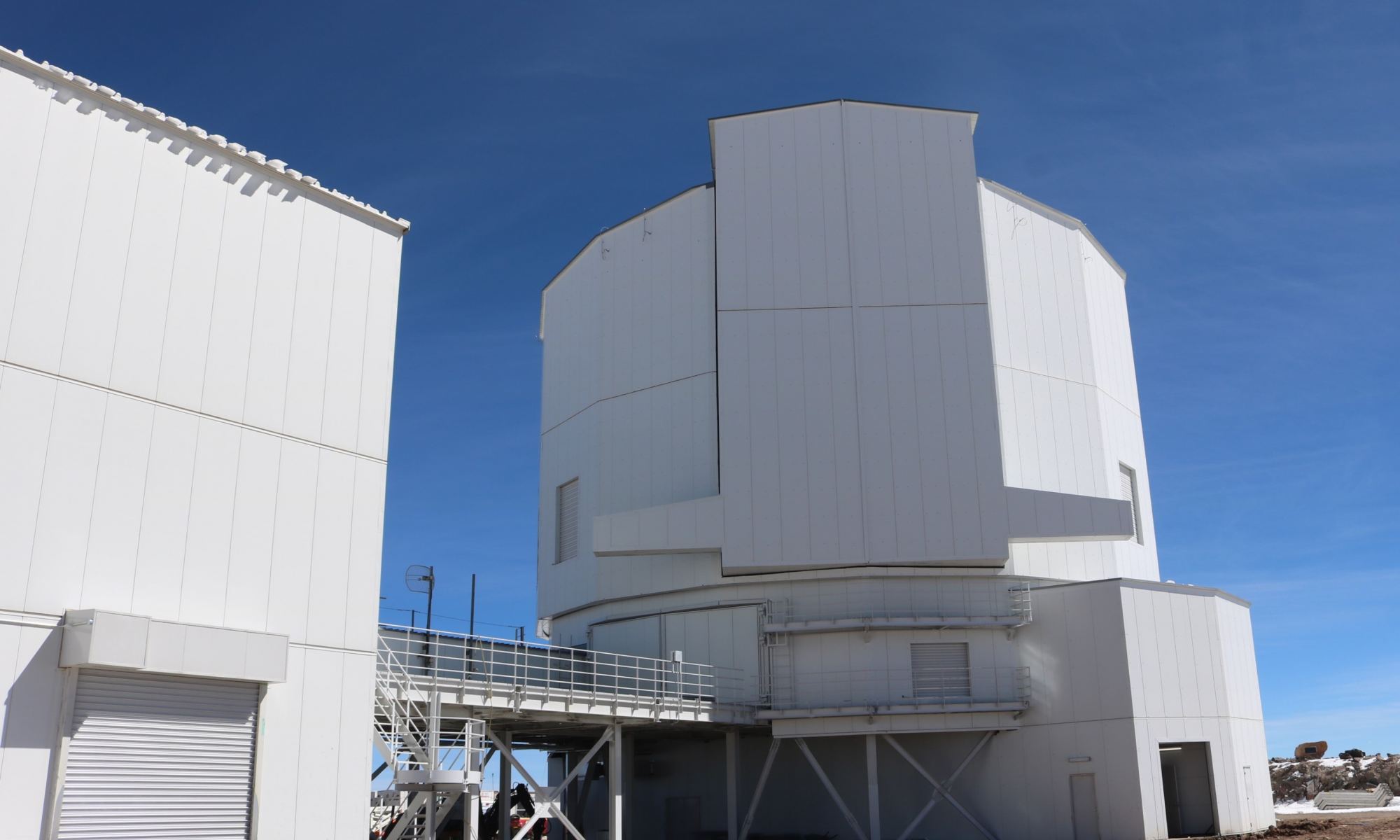Jupiter’s moon Io is a volcanic powerhouse. It’s the most geologically active world in the Solar System, sporting more than 400 spouting volcanoes and vents on its surface. Has it always been this way? A team of planetary scientists says yes, and they have the chemical receipts to prove it.
Continue reading “Io Has Been Volcanically Active for its Entire History”Io Has Been Volcanically Active for its Entire History










